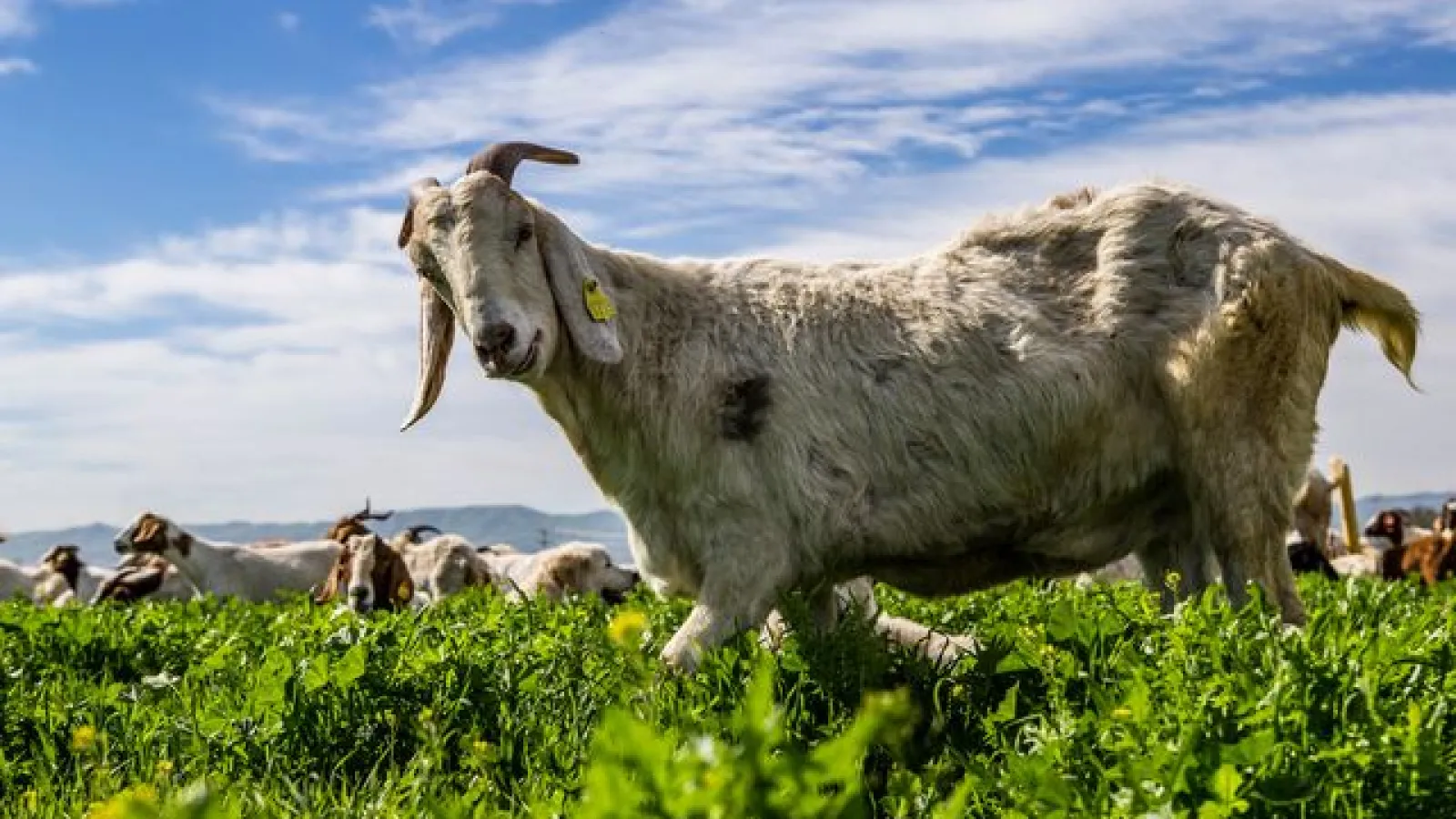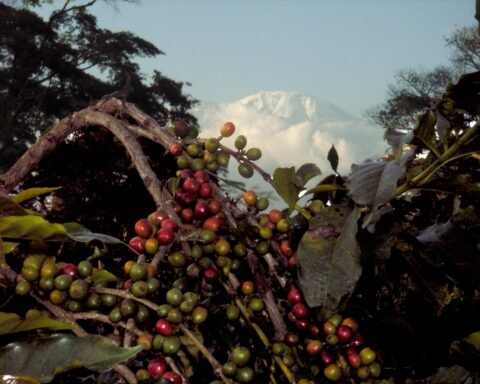For the Maasai and other pastoralist communities in northern Tanzania, livestock are more than economic assets—they represent history, culture, and survival. But now, a deadly and little-known disease is threatening their way of life.
Known locally as Ormilo—meaning “dizziness” in the Maasai language—the illness is scientifically called coenurosis. It’s caused by a parasitic tapeworm called Taenia multiceps, which attacks the brain of goats and sheep, forming cysts that lead to violent spinning, staggering, and ultimately death.
“There’s nothing more painful than watching a healthy animal suddenly lose balance, walk in circles, then die within days,” said Altapwai Mayanga, a long-time herder from Ngorongoro. “This is not just a loss of income—it feels like we’re being robbed of our future.”
The parasite spreads through a complex life cycle. Dogs, which serve as the definitive host, shed tapeworm eggs in their feces. These eggs contaminate grasslands where goats and sheep graze. Once consumed, the larvae migrate to the brain of the infected animal. In just 7 to 14 days, death can follow.
Despite the alarming consequences, there is currently no licensed vaccine or reliable cure for coenurosis. Control measures rely mostly on dog deworming and proper disposal of animal remains, particularly offal like brain tissue, which pastoralists often unknowingly feed to dogs—perpetuating the cycle.
At a recent government livestock vaccination campaign launched in Ngorongoro, Member of Parliament Emmanuel Shangai called for urgent action. “Every year, more than 40 of our goats and sheep die from coenurosis,” he said. “And the outbreak is worst during the rainy season between February and March, when we actually have enough pasture. We need solutions now—not later.”
The timing of government interventions was also questioned by community members. “This vaccination drive is good,” said Mayanga, “but it should be done before the rains start. Prevention is better than cure—especially when there’s no cure.”
Though the disease is most common in pastoral zones of East Africa, coenurosis has been reported in countries like Ethiopia, Kenya, and even in developed nations such as Italy and Turkey. In Sardinia, veterinarians use surgery and imaging to treat infected sheep, but those techniques are expensive and inaccessible to rural African communities.
A 2022 study in northern Tanzania showed that 12.5% of local dogs carried the parasite, while 8.4% of small livestock had signs of infection. The same research found that most rural households lack knowledge of how the disease spreads, with nearly 90% unaware of the dog-livestock transmission cycle (MDPI Research).
Also Read; Trump to Host African Presidents for Economic Dialogue
The economic toll is equally devastating. In Babati District, each affected household loses about $150 per year. In Ngorongoro, the figure soars to $1,322 annually—massive for families relying solely on livestock for food, education, and healthcare.
Despite their deep-rooted knowledge of animal health, many Maasai herders remain unaware of the parasitic tapeworm’s lifecycle. “We’ve lived with livestock for generations, but this disease has left even our elders puzzled,” said a herder from Endulen. “We need training, not just vaccines.”
Veterinarians recommend a community-led strategy that combines traditional practices with modern interventions:
- Mass dog deworming using praziquantel every 45 days.
- Community education on the tapeworm lifecycle and safe offal handling.
- Banning the feeding of raw brain tissue to dogs.
- Exploring field-based treatment trials or low-cost vaccines.
Experts also say that policies must adapt to nomadic herding practices. “We cannot solve a mobile problem with fixed solutions,” one veterinary researcher remarked. “Our response must move with the people.”
As livestock continue to die and herders lose hope, the call is growing louder: fund research, launch awareness campaigns, and bring communities into the solution.
“This isn’t just about goats,” said Mayanga. “It’s about our identity. If our animals die, part of our culture dies with them.”







